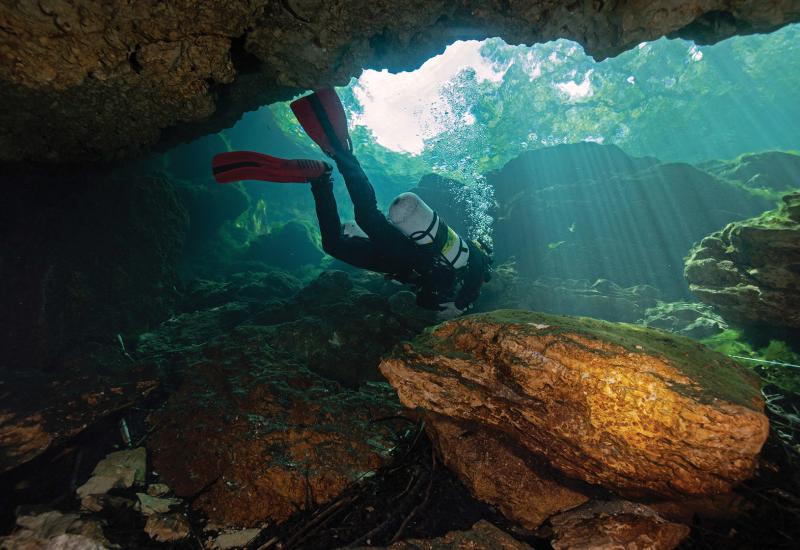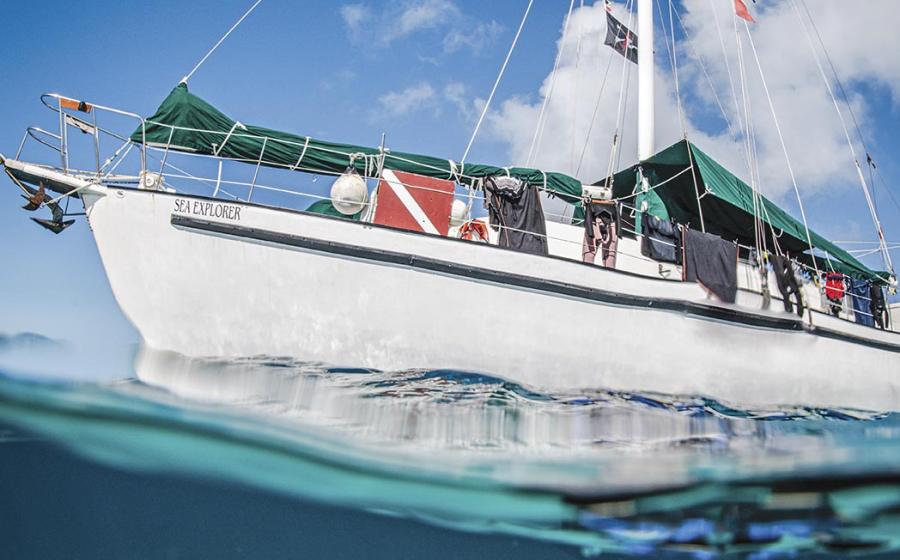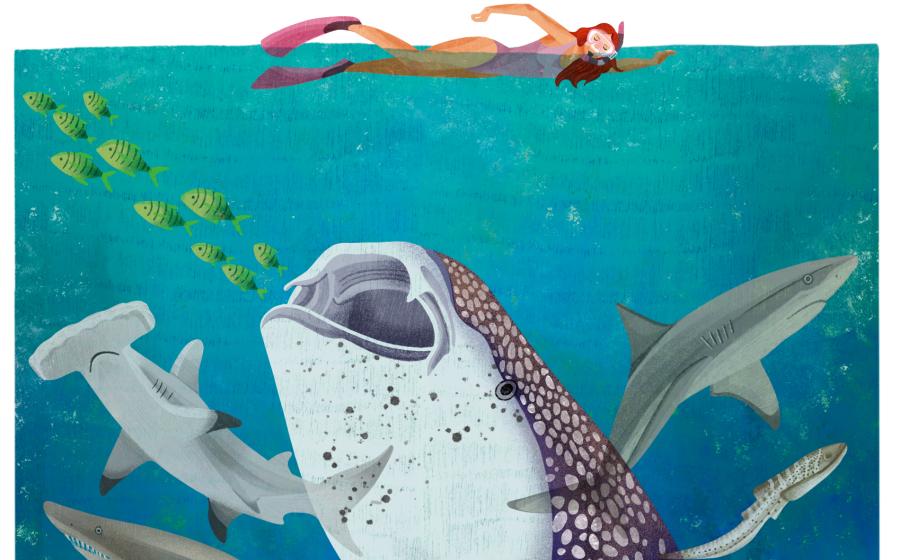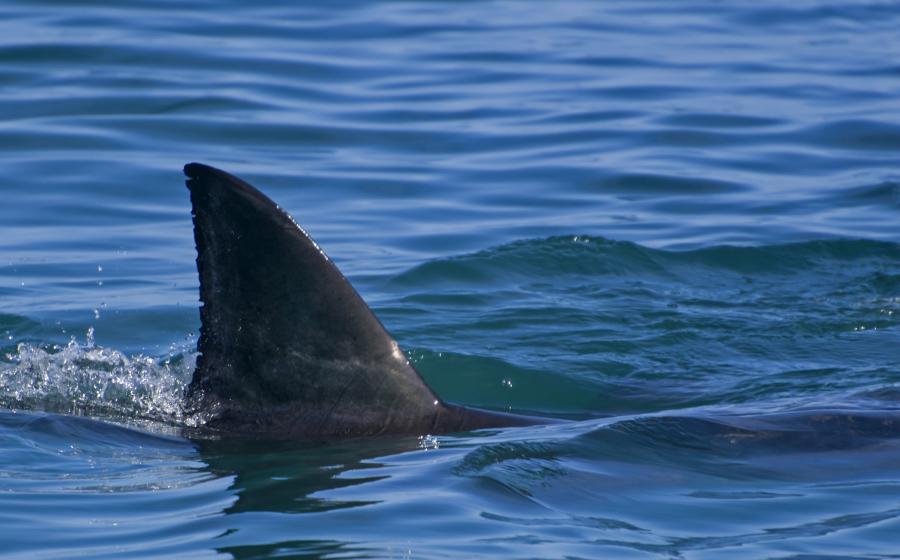Going Green at Golden Rock Resort
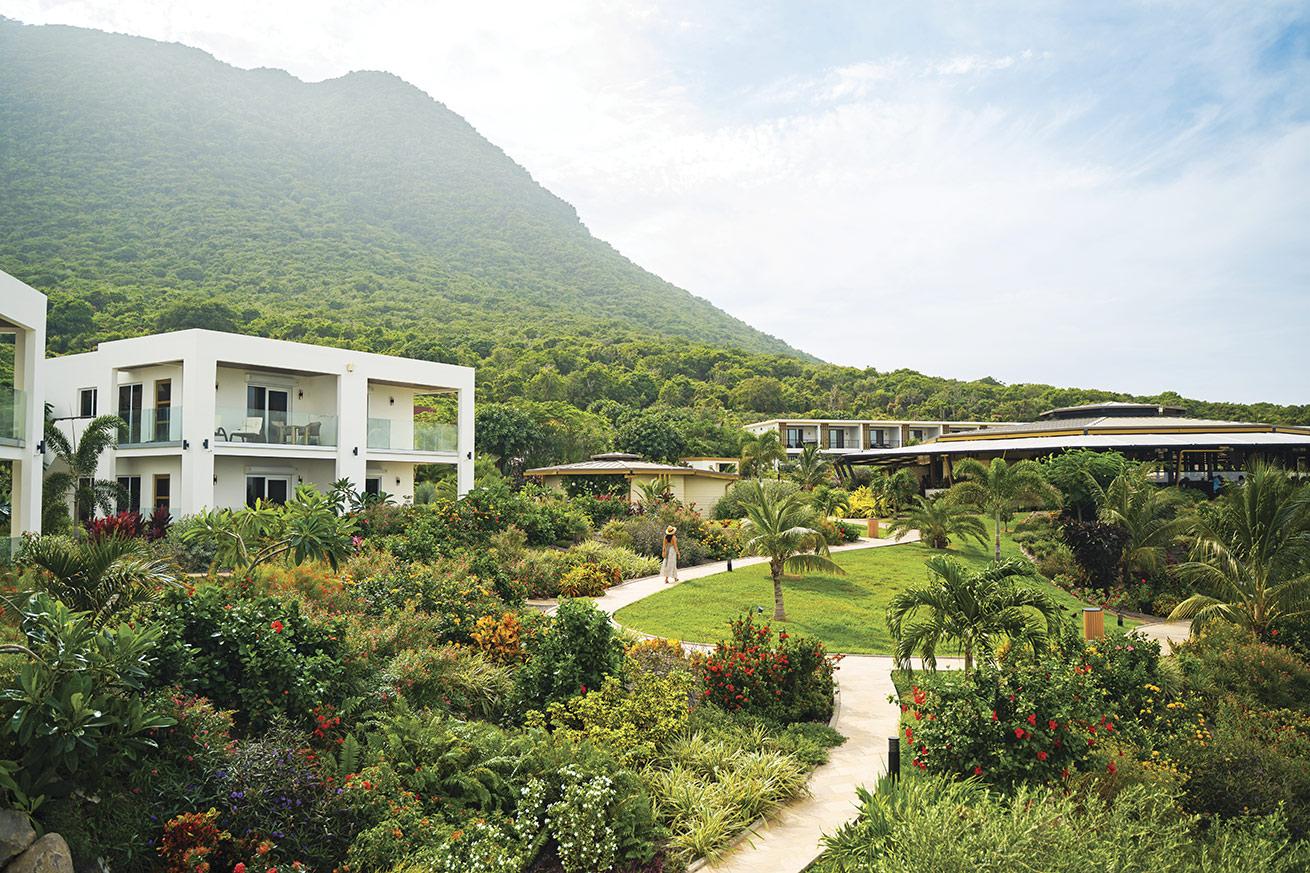
Courtesy Golden Rock Resort
The teardrop-shaped island of Sint Eustatius, locally called Statia, is the second smallest in the Dutch Antilles, punctuated by a 2,000-foot-tall dormant volcano, Mount Quill. And though the ever-popular St. Kitts and Antigua are practically a rock skip away, crowds never seem to make it to Statia—and that’s a good thing. Major cruise ships don’t stop here, and there are no chain hotels. It’s an island of natural beauty above and below sea level, with Golden Rock Dive and Nature Resort, a luxury retreat featuring a PADI dive operator, sitting front and center.
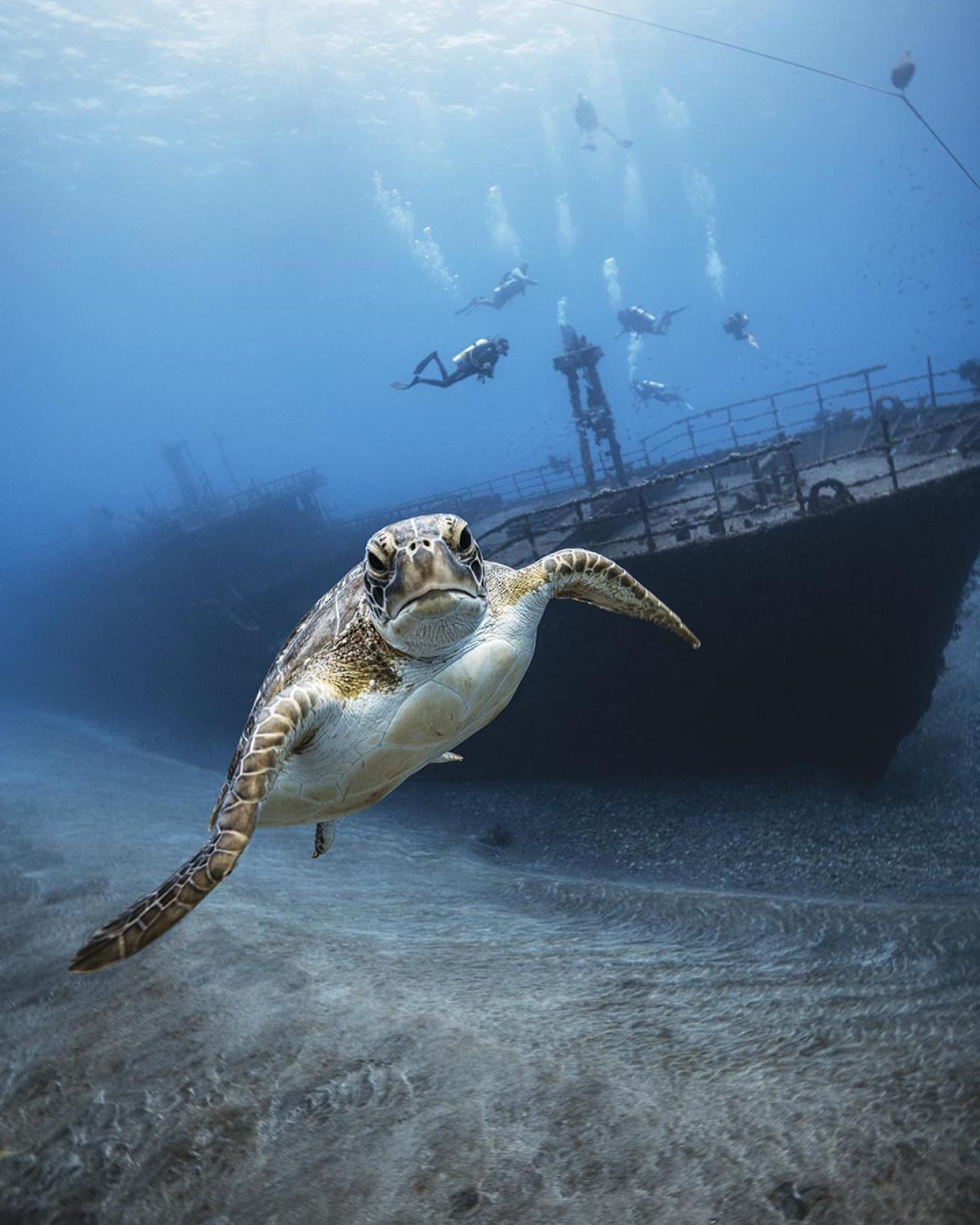
William DrummA sea turtle poses in front of the Chien Tong.
An uninhabited Statia was first recorded by Christopher Columbus in 1493 and was subsequently claimed over 20 times by various European nations. In 1636, the Dutch West India Company set up water reserves on the parched island, establishing its first permanent community. The population boomed to around 10,000, and the island became a trading hub for sugar, rum, gin and molasses. Trade and strife among the Dutch and British continued throughout the 18th century until the island became a full Dutch territory in 1816. Today, there are around 3,200 inhabitants, and its storied past combines with the 100-plus historical sites dotted throughout for some truly unique diving.
Golden Rock Dive and Nature Resort owner Peter Barnhoorn, a Dutch flower magnate, designed the resort with sustainability in mind. It is almost entirely powered by solar panels, and a reverse osmosis desalination system purifies the island’s drinking water—sourced from the ocean. There’s a 20,000-square-foot greenhouse for growing the organic produce used to prepare fresh resort meals. Greywater (uncontaminated wastewater) is used to water the 140,000-plus plants that comprise the property’s garden. There’s an unspoken rule that ocean views are superior to garden views. Rooms here have both, and many guests find themselves more drawn to the immaculate grounds blooming with color.
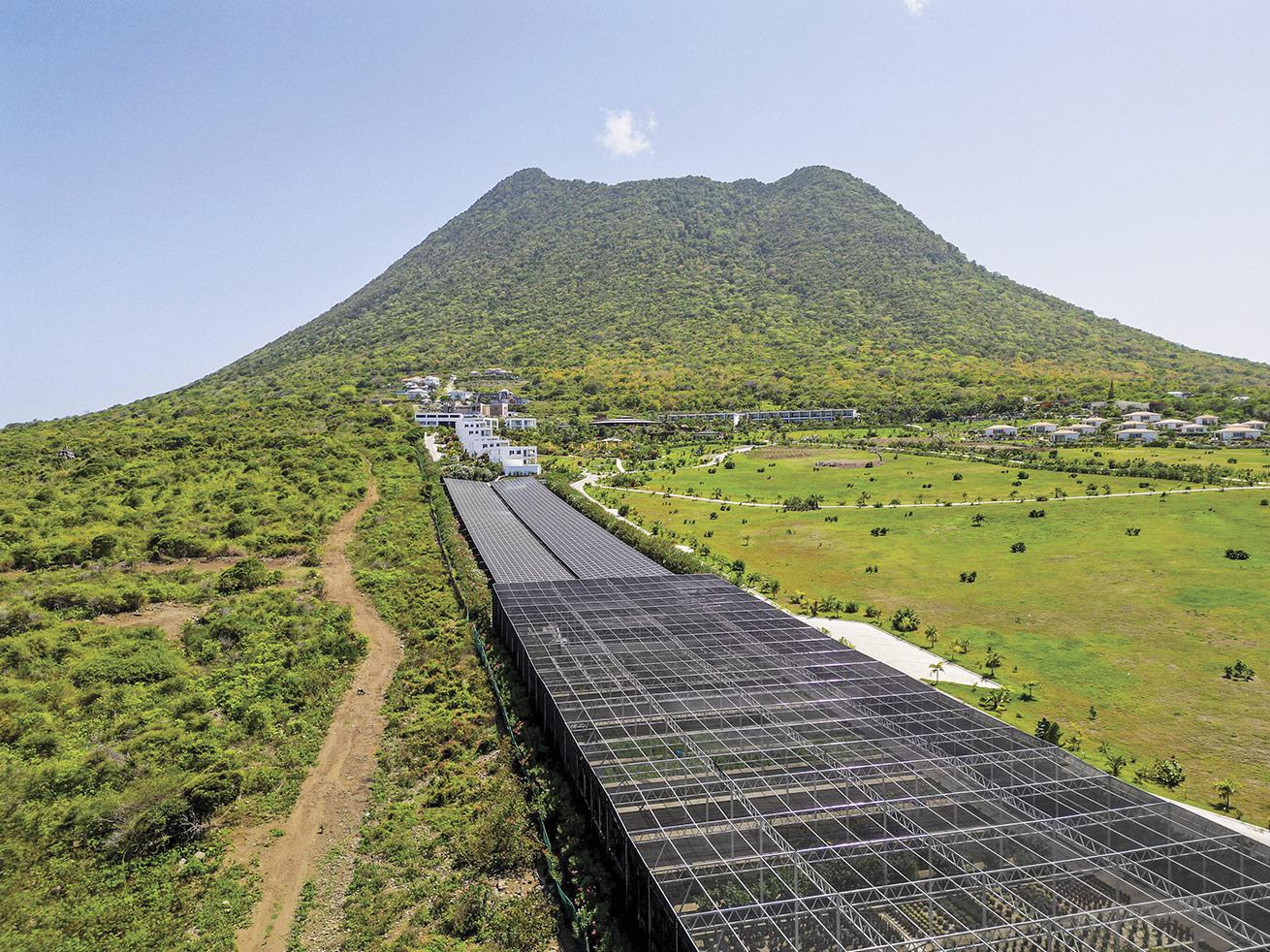
Courtesy Golden Rock ResortGolden Rock Resort was designed with conservation at the forefront. More than 2,000 solar panels provide the property with almost all the energy it needs to operate.
Within Golden Rock Resort is Statia Divers, a luxury dive operator that comes with a personalized, concierge-level attention to detail (think comfy boat rides, plush towels, refreshments and dive gear that’s assembled while you relax).
Dive manager Sjouke Brunia explains that the flat seabed topography that made Statia alluring to merchants is what makes it ideal for scuba diving.
“There’s a huge area with loads of seagrass, which means we have lots of sea turtles swimming around,” Brunia says. Juvenile fish also use the seagrass as a safe space to grow before moving into the deep. Stingrays and eagle rays glide over the sea’s sand patches.
Coral chasers will have plenty to see too. Thanks to the island’s volcanic makeup, the underwater landscape includes sturdy lava tubes encrusted with corals. Brunia says, “We have huge fan corals—8 feet in height is no exception.” Nurse sharks often rest at the ledge of the hardened, coral-encrusted lava flow.
Related Reading: Best Destinations for Healthy Marine Life
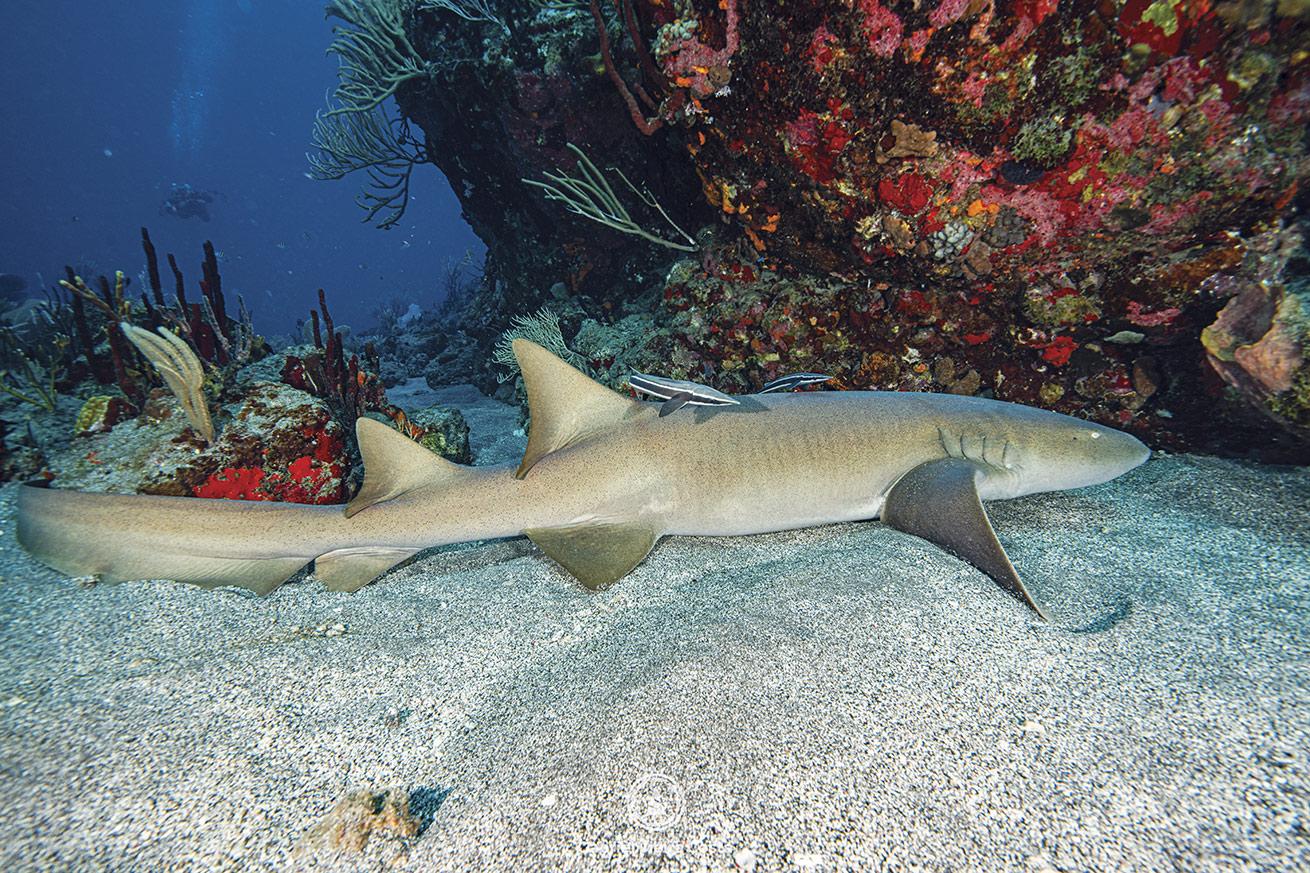
Gabriel CostaNurse sharks often rest on the hardened lava flow around Statia.
A handful of wrecks make for interesting dives, including the Charles L. Brown, a 300-foot ship that’s a favorite hangout spot for toothy pelagic predators. A Taiwanese trawler, the Chien Tong, has been nicknamed the “turtle hotel.” Many of the ships that came and sank three centuries ago have long been whittled by the sea, but you can still see remnants—a cannon that’s now home to octopuses and nudibranchs, crabs clinging onto an old anchor. Divers can even explore a purpose-sunken school bus just 9 meters below the water off the resort’s lagoon. It’s a popular site for newbies or divers looking for a simple-but-captivating dive.
The island is encompassed by the Sint Eustatius National Marine Park (STENAPA), covering more than 10 square miles of ocean. All major dive sites have mooring balls, protecting the reef from rogue anchors. Because there are so few tourists coming to this underrated island, dive sites are relatively untouched.
“There are, say, thirty to fifty divers per dive site per week, usually with a few days in between with no divers,” says Brunia. “Here, the reefs are healthy. They’re not overfished. You’ll see 20 or 30 spiny lobsters on one dive, with a couple next to each other in their cracks.”
Some parts of the reserve enact a fishing ban so tropical fish can thrive. Within these waters, juvenile fish grow large and venture out, increasing the marine biodiversity of the surrounding waters.
Related Reading: Diving in Statia: More Than Just Blue Beads
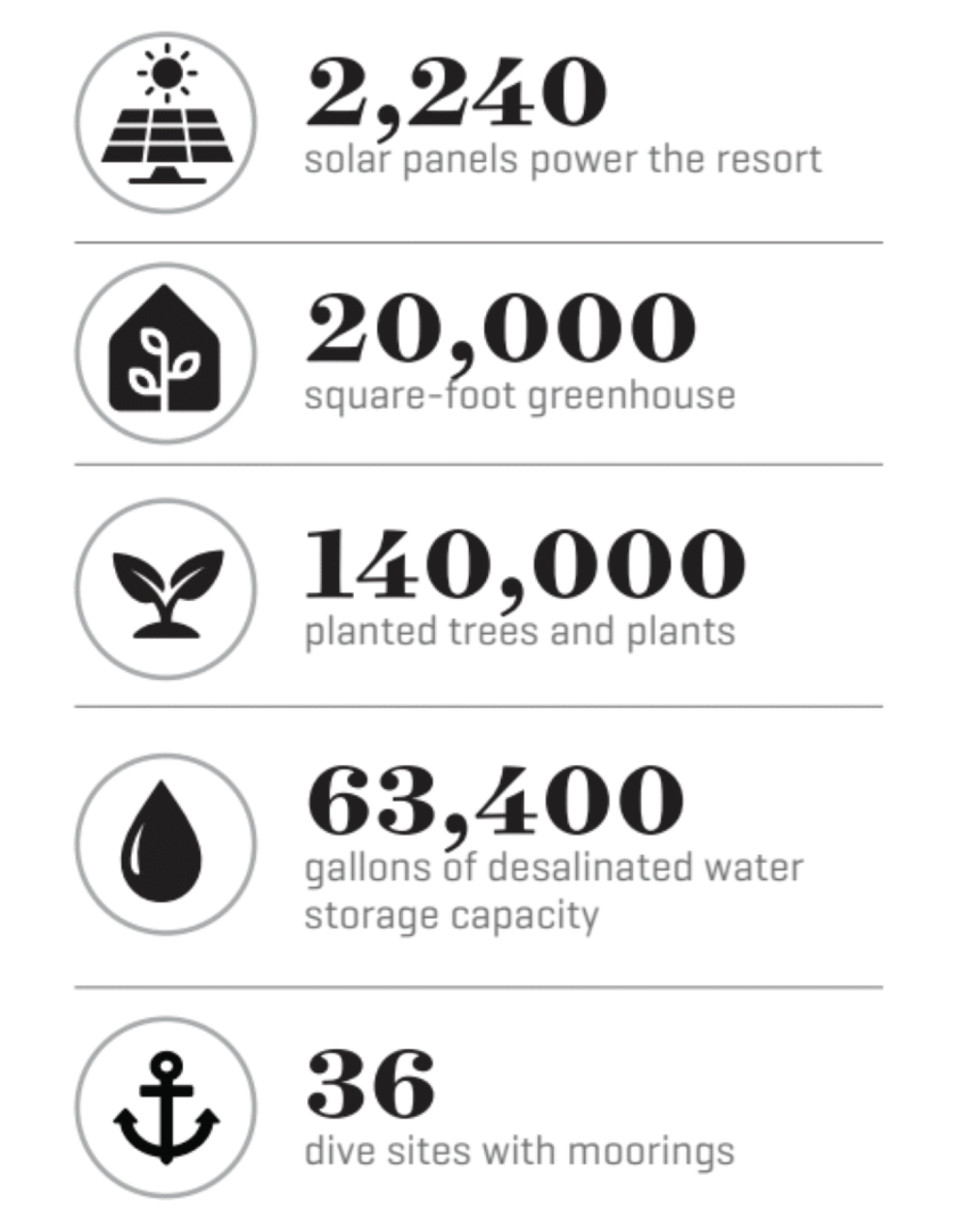
On shore, guests are welcome to participate in the island’s conservation efforts. Sea turtles come to Statia to lay their eggs on the island. Conservationists at STENAPA monitor the nests and free any trapped hatchlings after the hatching begins. Divers are welcome to watch. But STENAPA also relies heavily on community science, and divers can report sightings of humpback whales (December to April), dolphins and reef dwellers, like Caribbean king crabs and West Indian sea eggs, to STENAPA, which records data for conservation purposes.
For even more topside nature, head to Quill National Park. The volcanic crater is home to multiple types of terrain, from lush forests to dry scrubland of cacti and acacia trees. The top of the crater reveals panoramic views, prime for whale watching. Or, for floral fun, visit the Miriam C. Schmidt Botanic Garden, a haven for lizards (including iguanas) and birds.
Back at the resort, when you’re not immersed in the island’s myriad conservation programs, there are plenty of ways to pass your surface interval. Choose between the two pools or the largest man-made lagoon in the region, a prime spot for lounging with a slice of pizza. Or, retreat to the Rock Spa for a pampering massage. There’s also a multisport field, pickleball and padel courts, a gym, a minigolf course and a playground.
If Statia is calling, the resort offers dive-and-stay packages with accommodation, airport transport, breakfast, Nitrox (for certified divers) and twice-daily dives into the cerulean sea.


